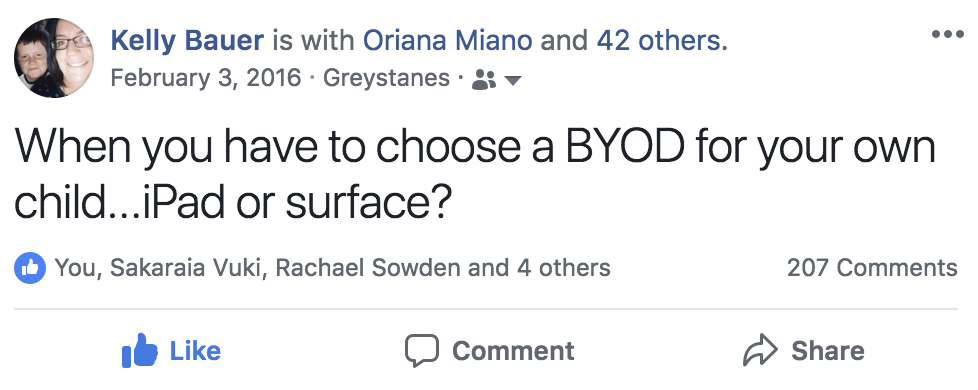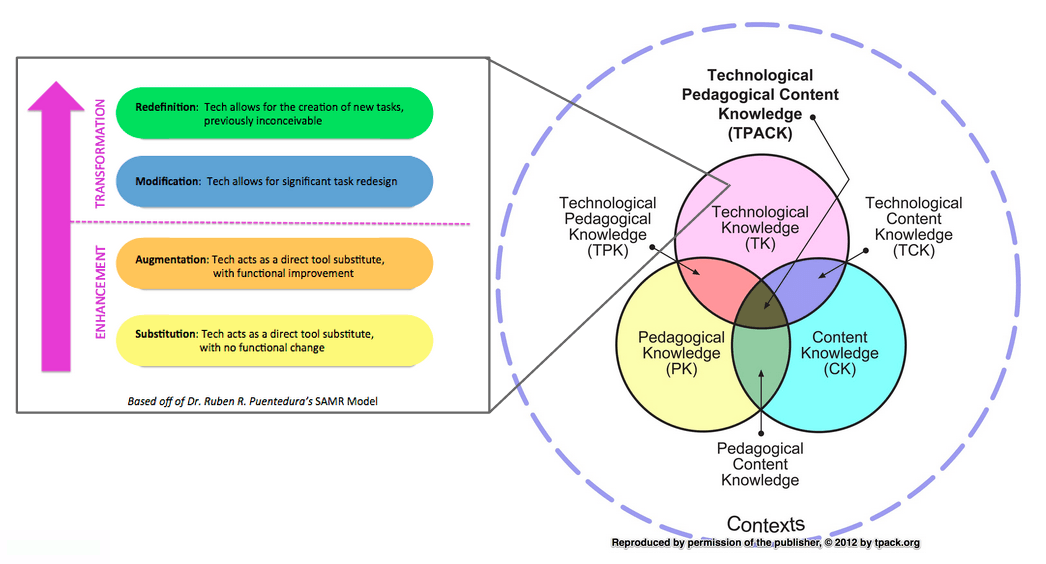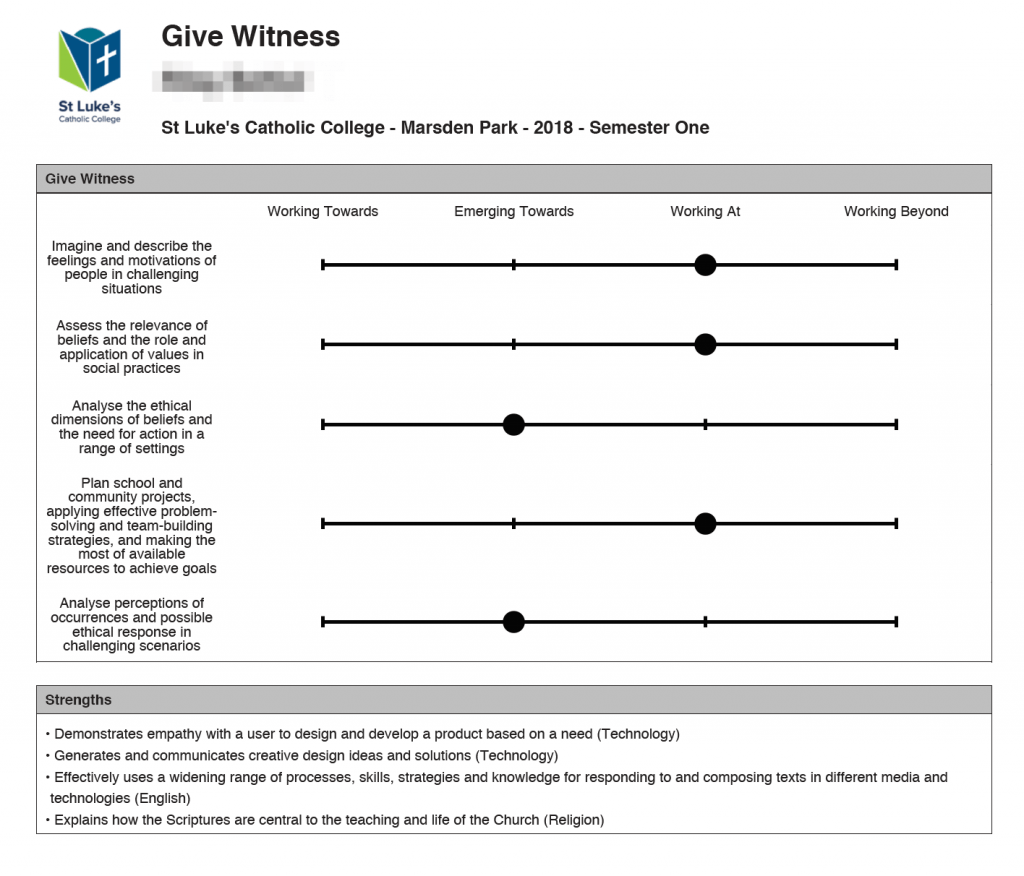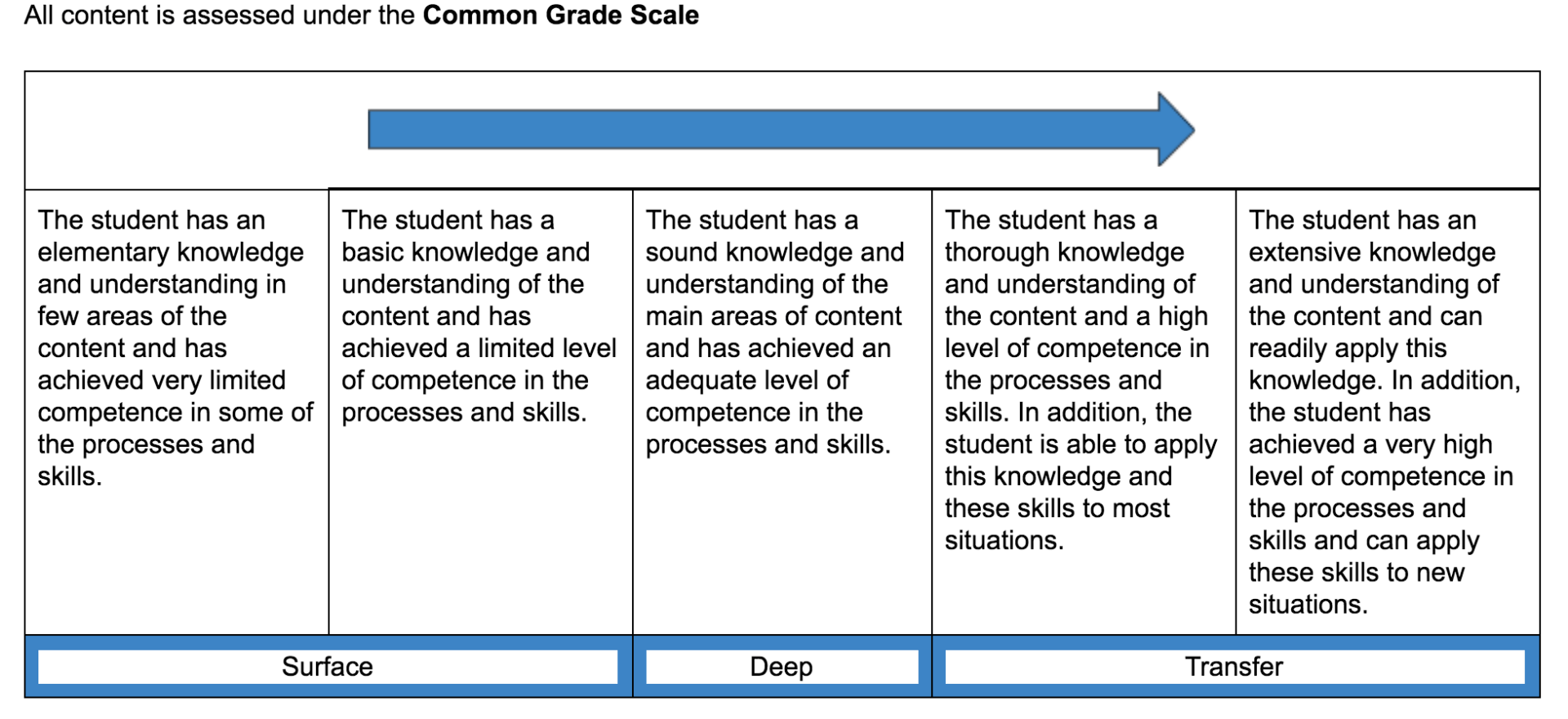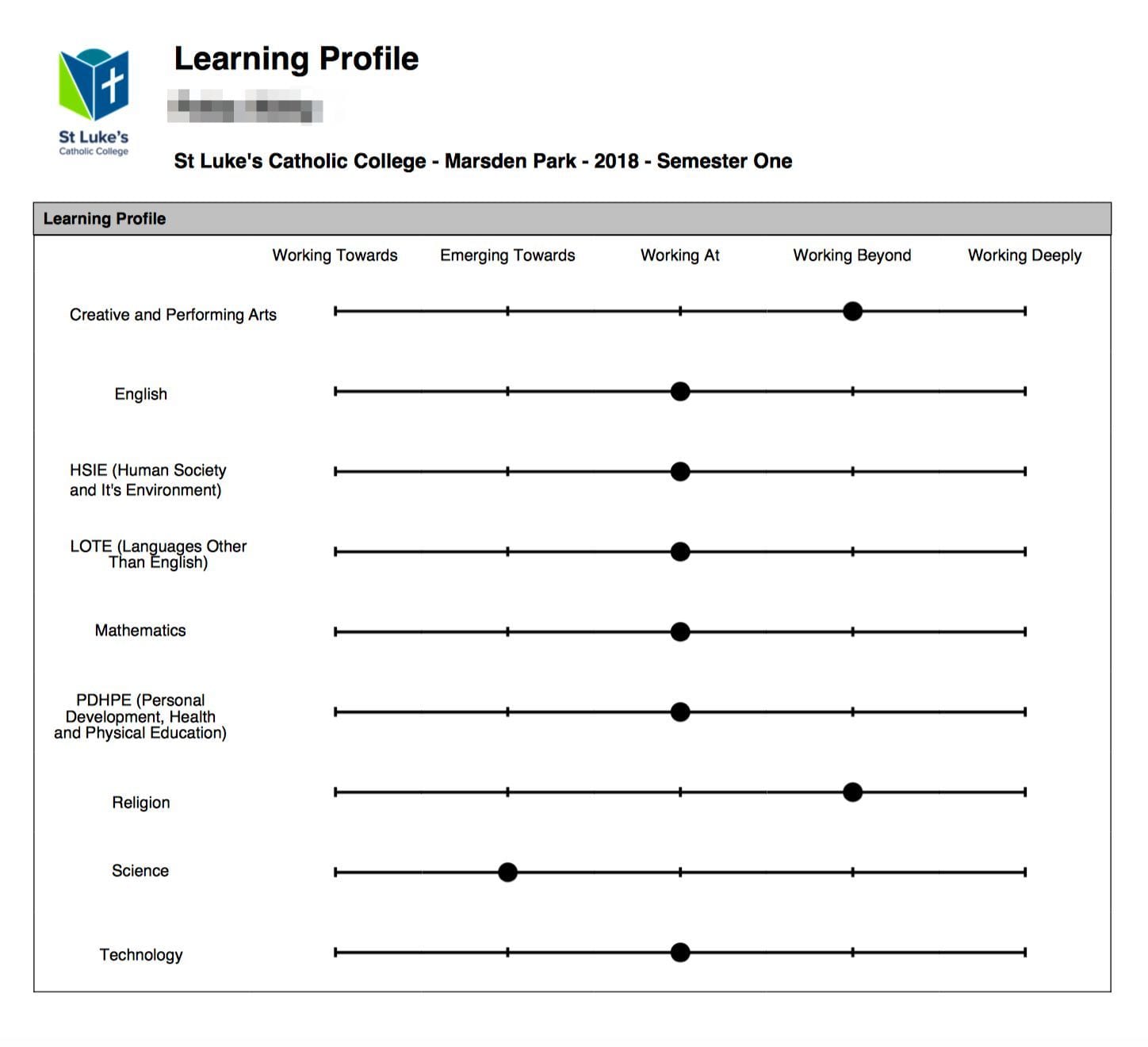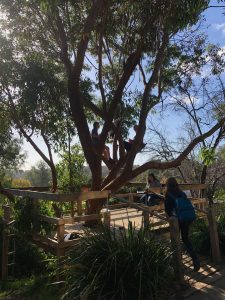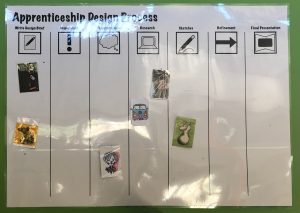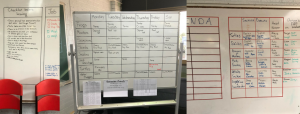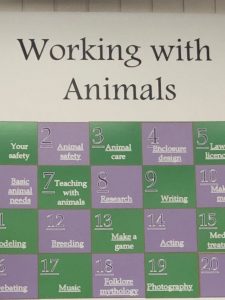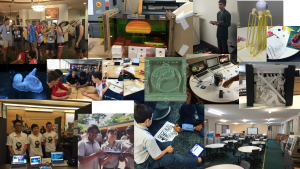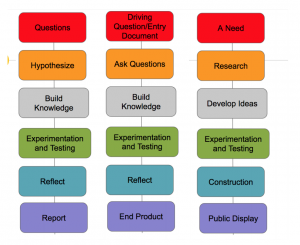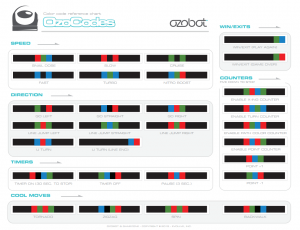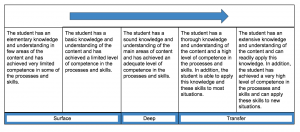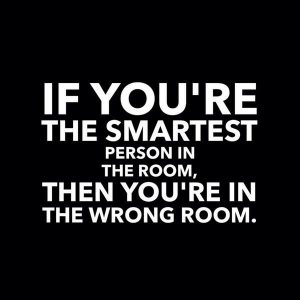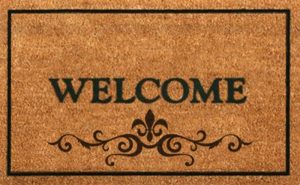Teaching…resumes and interviews and judgements…oh my
We’ve been warned. The silly season is starting.
The time when, as a new school, we will take on new staff. All of these decisions and discussions and resumes and interviews (oh my) have made me think about what I want in a teacher that works at St Luke’s.
Because realistically, when you think about it, every time we employ new staff, we make a judgement. A judgement based on a few essential things: a person’s reputation, evidenced by their references, and the way that members of the community at large speak about them (and we all know that education is a very small world), their resume, and a 40 minute (max) interview. Coming from someone that has a decent resume, an okay reputation, and ridiculously bad interview skills (shuddering as memories come upon me from my own St Lukes’ interview where I delved into my traditional language of the western suburbs), I know that we make judgements on these things, but you can’t base a quality teacher on a 40 minute interview. So, what do you do, what can you ask?
Some schools make teachers do a lesson (becuase that’s really realistic with the principal sitting in the class), some ask about potential connections, or about what they’ve last read, made, or their opinions on the syllabus….but how can you judge quality by any of these means?
But firstly, with all of the ability to bring what you want into a job description, that someone will take hours to painstakingly perfect, and all of our measuring against the professional standards, what do we really want from great teachers?
I started this blog post wanting to talk about how teachers needed to know their stuff (their content) but more importantly (coming from the method lecturer), the importance of the method of teaching. This is where specialist teachers (whether primary or secondary) really have it over non-specialist teachers….it’s not really about knowing the content, it’s about knowing what is best practice in the teaching pedagogy of that content…..which in order to understand the method, you must know the content.
Then, I was going to discuss the power of community engagement, through things like your professional networks (www.acce2018.com.au….register), parents and the greater community.
Finally, I was going to talk about how what’s really important is that we understand students and their learning.
Then, I realised that actually, smarter people than me have done this already…The professional standards tell us that we know what we want: we want teachers with professional knowledge, the ability to teach it (professional practice) and the ability to engage in their learning and the community (professional engagement).
And all of these are really important….and really do actually sum up what great teaching is about.
But what I really want is what I hope that most teachers come to us with: the realisation that the heart of everything that we do is about kids.
That we teach 12 year olds. Or 6 year olds. Or 9 year olds. Or 18 year olds.
And, after the night that I just had, where my 12 year old was asked on Sunday if he needed to print his art assignment (no) to Tuesday night waiting in line at officeworks to end up buying an A3 printer because it’s due tomorrow and wanting to kill him because he’s playing Fortnite while I lug a printer from the car to the house, I realise that this is the important thing.
We teach 12 year olds.
They’re disorganised, rude, kind of smelly, do stupid things, forget assignments, swing on chairs, lose hats, they leave their sheets behind, they laugh when the toilet flushes overhead. Sometimes they do really stupid things.
But it’s our job to realise that they’re 12.
And it’s our job to teach them to be organised. To have the conversation to find out why they’re not doing the work. Why they are forgetting assignments, doing stupid things, to give them their hats and their sheets and secretly laugh with them while giving them filthy looks about why they are laughing when the toilet flushes over head. And sometimes, unfortunately, to have the conversation about using deodorant. And sometimes, we need to challenge them for these things. And it’s our responsibility because we’re the adult in the room.
I want a teacher that remembers that sometimes that 12 year old is smelly because their parents don’t remind them to shower. They don’t lug printers from the car to the house, or drive to officeworks to get their printing. Because some of them don’t have access to a printer, or to money to pay for things to print. Or money for lunch. Sometimes mum and dad work until 6, or drive trucks for weeks on end to make sure that they have the opportunities to lose their jackets and to do their assignments.
I want a teacher, who like my son’s english teacher last week, rings to remind me that she’s caught up with him four times already this week, and cares enough to call to let me know. That cares enough to give a detention at lunch to make sure he’s finished his task.
Because they’re 12. And although we have high expectations and we expect students of that age to manage themselves, we don’t trust them to. And we provide the safety net for them when they fall. Cause they’re 12.
